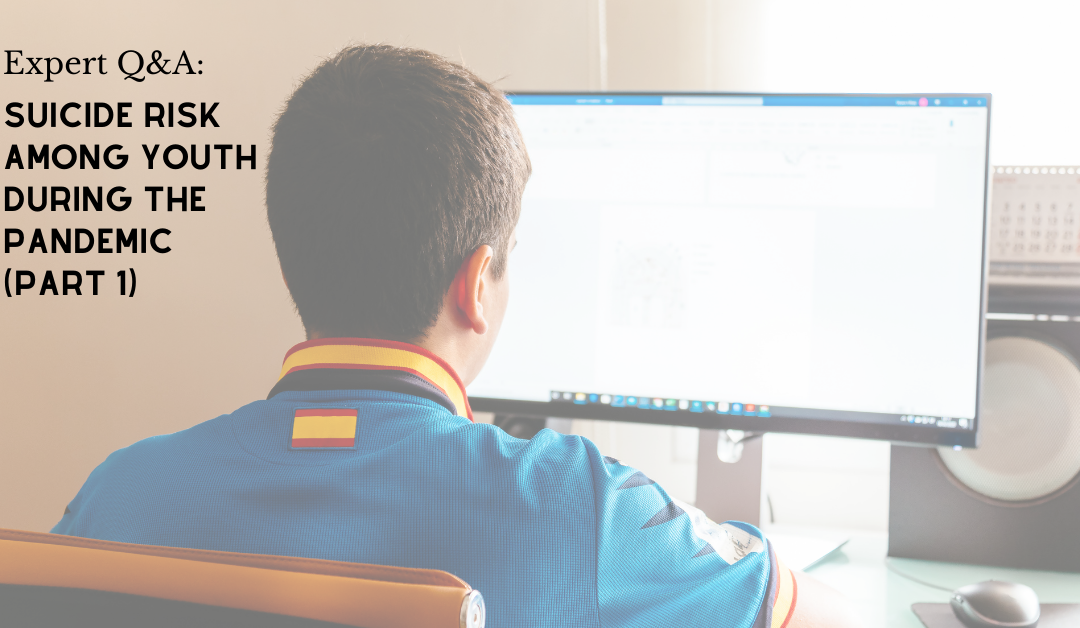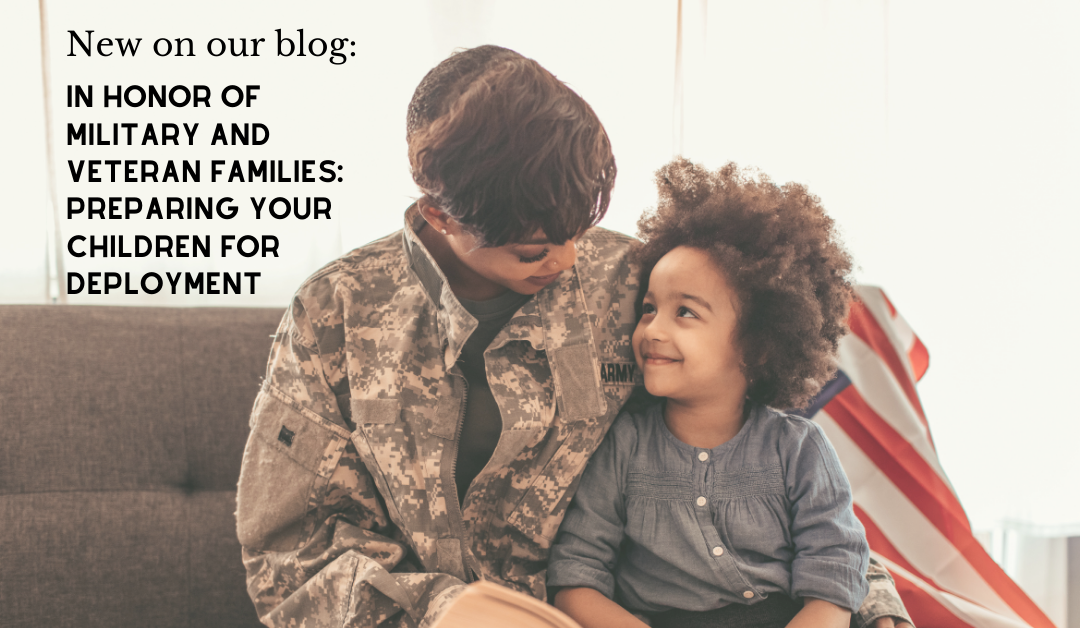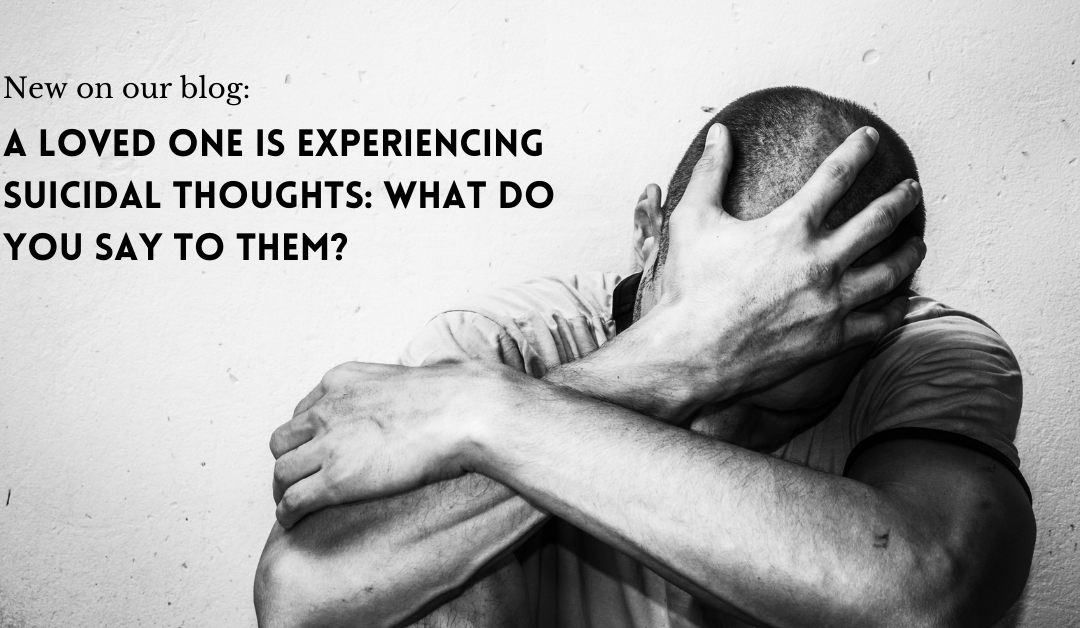
by Sara Hart | Mar 25, 2021 | Blog
In honor of Self-Injury Awareness Month, we’re back with Part 2 of our discussion with South Bay’s assistant director of Children’s Behavioral Health Initiative services, Sara F. We had so much to talk about with Sara that we’ve made her Q&A a two-part series. Read on as Sara breaks down how to approach the topic of suicide with youth, and don’t forget to check out Part 1, where Sara discussed suicide and the pandemic’s impact on our nation’s youth.
When it comes to suicide prevention, what can we do as a community?
I think prevention in a pandemic looks like increased support and awareness. It’s important people know there’s a rise in suicide attempts, completions and hospitalizations since 2019. People need to know that something is wrong. Even though our youth may be present and engaged, they may also be experiencing suicidal ideations. We have a responsibility to ask them if they’re feeling isolated, hopeless, helpless or if they don’t want to continue on in this life.
I think prevention starts on the ground level by increasing awareness in our communities. Awareness is the first step to prevention. There’s already a stigma surrounding mental health, but suicide is seen as …

by Sara Hart | Mar 8, 2021 | Blog
Throughout the month of March, our nation recognizes Self-Injury Awareness Month. Self-harm is an increasingly imperative topic that our society must acknowledge – especially since many routines are altered; activities are paused; and social time with friends and loved ones is limited. The sad truth is that, since the start of the pandemic, suicide completions amongst America’s youth have increased. The best way to reduce stigma and increase awareness is to simply talk about it. So, that’s what we did with South Bay’s assistant director of Children’s Behavioral Health Initiative services, Sara F. Read as Sara discusses suicide and the pandemic’s impact on our nation’s youth.
How has the pandemic impacted youth who are at risk?
I think youth are struggling to access the support they need on a consistent basis. There’s a lot of value in doing virtual lessons, but it lacks that personal piece. Youth don’t have the access to their friends or peer networks they once did. In turn, there’s an increase in social media usage. Having more access to social media and having to rely on it as their form of socialization has been unhealthy for a lot of youth, and it has demonstrated an increase …

by Sara Hart | Nov 10, 2020 | Blog
While preparing for deployment, many families tend to focus on the logistics, finances and preparations – which are all valid tasks to complete. However, it’s equally important to remember that your children will need mental and emotional support and guidance throughout your deployment. Routines will be altered, quality time with family will look different and many changes will occur. As we honor military families this Veteran’s Day, we offer advice on how to prepare for the deployment cycle.
Pre-deployment
It’s important to invest ample time and effort into your pre-deployment plans, as they will help set guidelines while one parent is away. First, prepare yourself for the emotions and questions your children may have. Speak to other parents who have experienced similar situations and ask for advice on how to go about these situations. Also, discuss with your partner the best possible way to explain deployment to your children, especially if they’re younger. While your children may have fears for the upcoming changes, remember that open communication is a great way to express and process concerns, emotions and plans. Speak with them about their emotions; share plans for regular communication; and discuss changes that may occur.
While deployed
For the …

by Sara Hart | Sep 11, 2020 | Blog
When someone you know exhibits suicidal behavior, it can be difficult to know what to say – talking about it openly or intervening can feel as if you’re making matters worse. However, there are steps you can take to help those you love overcome difficult times. As we recognize Suicide Prevention Month, we’ve outlined a few ways you can help and support those experiencing suicidal thoughts below.
Understand where their pain is coming from.
Sometimes, those who think about suicide don’t want to end their life – they want to find a way to escape the repeating cycle of their pain and distress. Tunnel vision on hopelessness and lack of alternatives can drive people to feel the only way to escape it is by ending their life. Also, guilt can make them feel as if they’re a burden to those around them. Let it be known that you want to understand where these feelings are stemming from, and you will stand by them as they find alternative ways to overcome those emotions.
Recognize that social perfectionism and societal expectations have a hand in suicidal thoughts.
We feel the pressures of societal standards every day. These can weigh heavily on us, as …

by Sara Hart | Aug 28, 2020 | Blog
The COVID-19 pandemic – along with ongoing racial injustice unrest and an economic roller coaster – has put our nation in a state of uncertainty, giving anxiety and depression an opportunity to blossom. In a recent study by Qualtrics, 42% of those surveyed said their mental health has declined since the pandemic began. There is no better time than the present to prioritize mental health in the workplace, as mental well-being among employees should be a top priority within the ranks of company leadership. We provide a few tips on how to prioritize your employees’ mental health below.
Communication is key.
It’s important to communicate often and explicitly with your employees. Over-communication is actually encouraged when it comes to expectations and updates, as this will provide reassurance and direction to your team in their time of need. Also, be open and honest with your team during this time. Sharing your experiences and normalizing mental health challenges forms a connection with your employees. New stressors are arising in each of us, so it’s important that those in influential positions show vulnerability and promote support. This authentic approach establishes trust and can improve overall employee performance and engagement with leadership.
Check …





